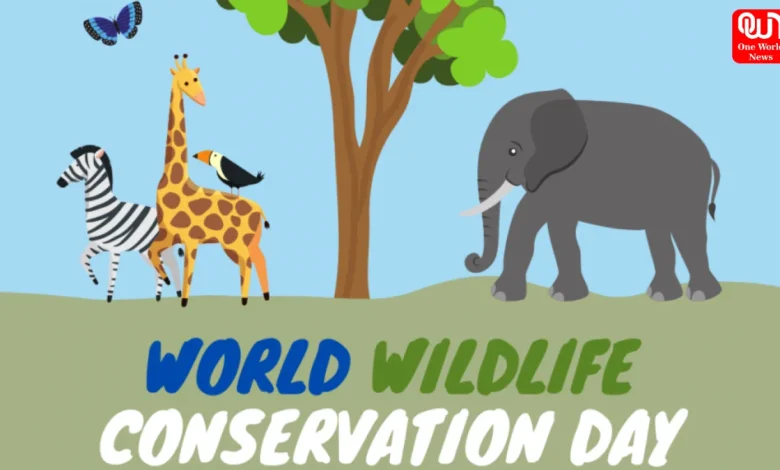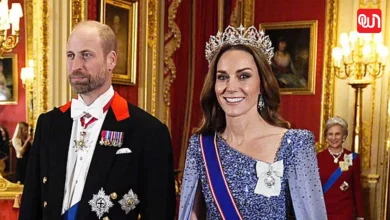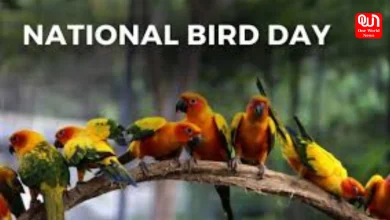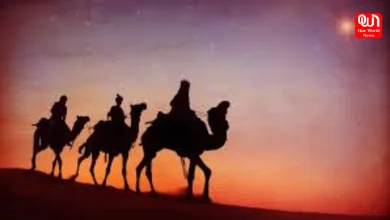World Wildlife Conservation Day 2025: Protecting Nature’s Precious Species for a Sustainable Future

World Wildlife Conservation Day 2025: Raising Awareness, Protecting Endangered Species, and Promoting Global Wildlife Conservation Efforts
World Wildlife Conservation Day is observed annually on December 4 to spread awareness about the importance of preserving the planet’s wildlife and natural habitats. This day serves as a global reminder that every species plays a crucial role in maintaining ecological balance. By celebrating World Wildlife Conservation Day, individuals, organizations, and governments unite to protect endangered species, restore ecosystems, and promote biodiversity for a sustainable future.
Origins and Significance of World Wildlife Conservation Day
The Beginning of the Global Movement
World Wildlife Conservation Day was established by the U.S. Department of State in 2012 as part of global efforts to combat wildlife trafficking and illegal poaching. Since then, it has evolved into a worldwide initiative encouraging citizens to protect animals and ecosystems. The day emphasizes collective responsibility in protecting nature for the generations to come.
Why Wildlife Conservation Matters
Wildlife conservation ensures that natural habitats remain intact and that species do not face extinction. From pollinators like bees to top predators like tigers, every organism contributes to ecological balance. Observing World Wildlife Conservation Day reminds us that protecting wildlife is essential for food security, climate stability, and human survival.
Threats to Global Wildlife
Habitat Loss and Deforestation
Deforestation, mining, and urbanization continue to destroy natural habitats at alarming rates. Forest fragmentation isolates animal populations and reduces biodiversity. World Wildlife Conservation Day aims to highlight these issues and encourage reforestation, sustainable land use, and protected reserves.
Climate Change and Environmental Stress
Rising temperatures, melting glaciers, and changing rainfall patterns threaten countless species. Polar bears, coral reefs, and migratory birds are among the most affected. On World Wildlife Conservation Day, conservationists stress the need for global cooperation to reduce greenhouse gas emissions and protect vulnerable ecosystems.
Poaching and Illegal Wildlife Trade
Illegal poaching remains one of the biggest threats to animals like elephants, rhinos, and pangolins. The demand for ivory, fur, and exotic pets fuels this cruel industry. This day highlights the importance of stricter enforcement of wildlife protection laws and raising awareness against wildlife trafficking.
Read more: Asom Divas 2025: Celebrating Assam’s Rich Heritage and Remembering the Legacy of Sukapha
How World Wildlife Conservation Day is Celebrated
Educational Awareness Programs
Schools, colleges, and conservation groups organize seminars, exhibitions, and nature walks to educate people about endangered species and ecosystem protection. These activities encourage young minds to become the next generation of conservationists.
Global Campaigns and Social Media Initiatives
Social media plays a powerful role in spreading awareness. On World Wildlife Conservation Day, organizations and activists share impactful stories, photographs, and videos under hashtags like WorldWildlifeConservationDay to inspire millions to take action.
Community and Conservation Projects
Local communities and NGOs conduct clean-up drives, reforestation projects, and wildlife monitoring programs. These grassroots initiatives ensure that conservation efforts reach the ground level, benefiting both people and nature.
Global Efforts Toward Wildlife Protection
International Organizations
Institutions like the World Wildlife Fund (WWF), United Nations Environment Programme (UNEP), and Conservation International lead global initiatives to protect endangered species and restore ecosystems. Their research, advocacy, and fieldwork support sustainable conservation strategies.
Wildlife Sanctuaries and National Parks
Protected areas are vital to wildlife conservation. Countries worldwide have established sanctuaries and national parks to preserve biodiversity. World Wildlife Conservation Day serves as a reminder to support these conservation zones and ensure proper management.
Legislation and Policy Support
Governments play a crucial role in wildlife conservation through environmental policies, anti-poaching laws, and habitat protection regulations. Strengthening these frameworks ensures that endangered species are safeguarded against exploitation.
How Individuals Can Contribute
Support Sustainable Practices
Simple lifestyle changes like reducing plastic use, recycling, and supporting eco-friendly brands can make a huge impact. On World Wildlife Conservation Day, individuals are encouraged to adopt sustainable habits that help protect wildlife habitats.
Volunteer and Donate
Volunteering with wildlife organizations or donating to conservation funds helps strengthen ongoing efforts. Every contribution, whether big or small, helps protect endangered species and maintain biodiversity.
Educate and Inspire Others
Education is the foundation of conservation. Sharing knowledge about endangered species, environmental threats, and conservation initiatives motivates others to take part in preserving nature. Schools and communities can organize awareness events to inspire collective action.
Inspiring Success Stories
The Return of the Tiger Population in India
Due to strict wildlife laws and effective conservation programs, India has witnessed a steady rise in its tiger population. This achievement stands as a global example of what dedicated conservation efforts can achieve.
Read more: World AIDS Day 2025: Spreading Awareness, Fighting Stigma, and Supporting Global HIV Prevention
Marine Conservation and Coral Restoration
Marine life is also a key focus of World Wildlife Conservation Day. Projects restoring coral reefs and protecting endangered sea turtles highlight how collaborative global action can revive ocean ecosystems.
Conclusion
World Wildlife Conservation Day is more than a date on the calendar—it is a movement toward preserving the planet’s biodiversity and ensuring ecological harmony. Each of us has a role to play, from adopting sustainable practices to supporting conservation initiatives. By spreading awareness, protecting habitats, and reducing human impact, we can help ensure a thriving planet for future generations. World Wildlife Conservation Day 2025 reminds us that protecting wildlife is protecting life itself.
We’re now on WhatsApp. Click to join.
Like this post?
Register at One World News to never miss out on videos, celeb interviews, and best reads.







